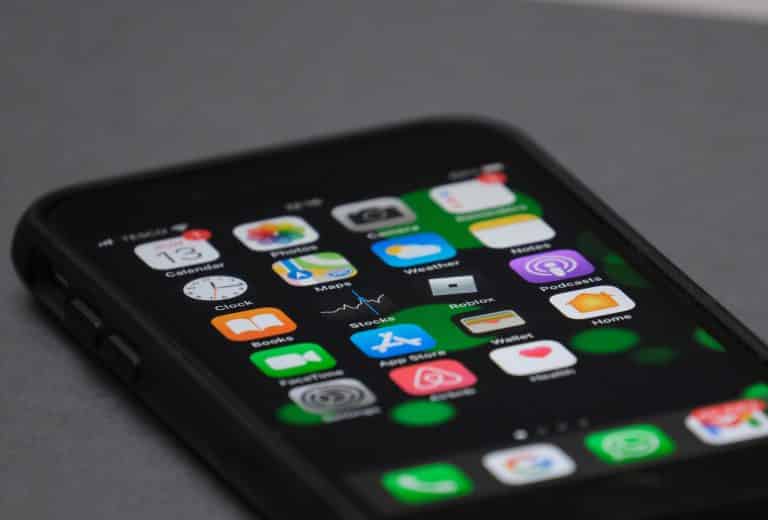If you own an iPhone 13, you should never, ever consider having it serviced by a local shop. It’s that simple. The reason experts warn you is that Apple has implemented a strict crackdown on unauthorized parts and repairs, which many users have turned to in order to escape the astronomical out-of-warranty repair fees that Apple charges.
An investigation of the iPhone 13 revealed that Apple would deactivate Face ID if a third-party screen was installed in lieu of the original one. A major setback for consumers who depend on their local mobile repair business is to save money on their repairs.
In his video, YouTuber Phone Repair Guru showed that when you have the iPhone 13’s display changed, Apple disables the Face ID biometric mechanism, regardless of whether you used a legitimate or non-genuine (also known as “aftermarket”) component.
That isn’t all, either. Even if you replace the display of an iPhone 13 with another iPhone 13 display, Apple will deactivate Face ID on the new device instantly. Apple’s reasoning is straightforward, but according to Rick Panesar, CEO of iCorrect.co.uk (as reported by Forbes), the company aims to restrict the availability of inexpensive fixes.
Due to the fact that it is a widespread practice among iPhone owners, Apple does not want you to have your iPhone 13 fixed for a low price. Apple’s repair charges for out-of-warranty devices are often more than what a local mobile repair business would charge for the same service.
Apple costs between $229 and $329 for the replacement of the iPhone 13’s screen, depending on the model. Meanwhile, local repair businesses charge much less money when compared to the national average. This implies that replacing the screen on an iPhone 13 will be an expensive endeavor for those who possess the device.
Apple reportedly does not want Chinese component makers to have a dominant position in the iPhone repair market. Apple is attempting to prevent screen replacements using inferior components, which is why it has encrypted the original display in order for Face ID to function.
According to YouTuber Marnics, if the IC detects that the original screen has been removed, it will deactivate Face ID on the first startup.
Panesar now thinks that Apple’s iPhone 14, which will be released next year, will also have this kind of encryption. As previously said, the iPhone 14 is likely to ship with Touch ID in-screen rather than Face ID, and Apple does not want third-party fixes to continue to function properly on the device. He also claimed that Apple was intended to include this rigorous security feature in the iPhone 14 as part of the device’s upgrade. “It’s almost as though Apple has played its cards a little too early,” Panesar observed.

